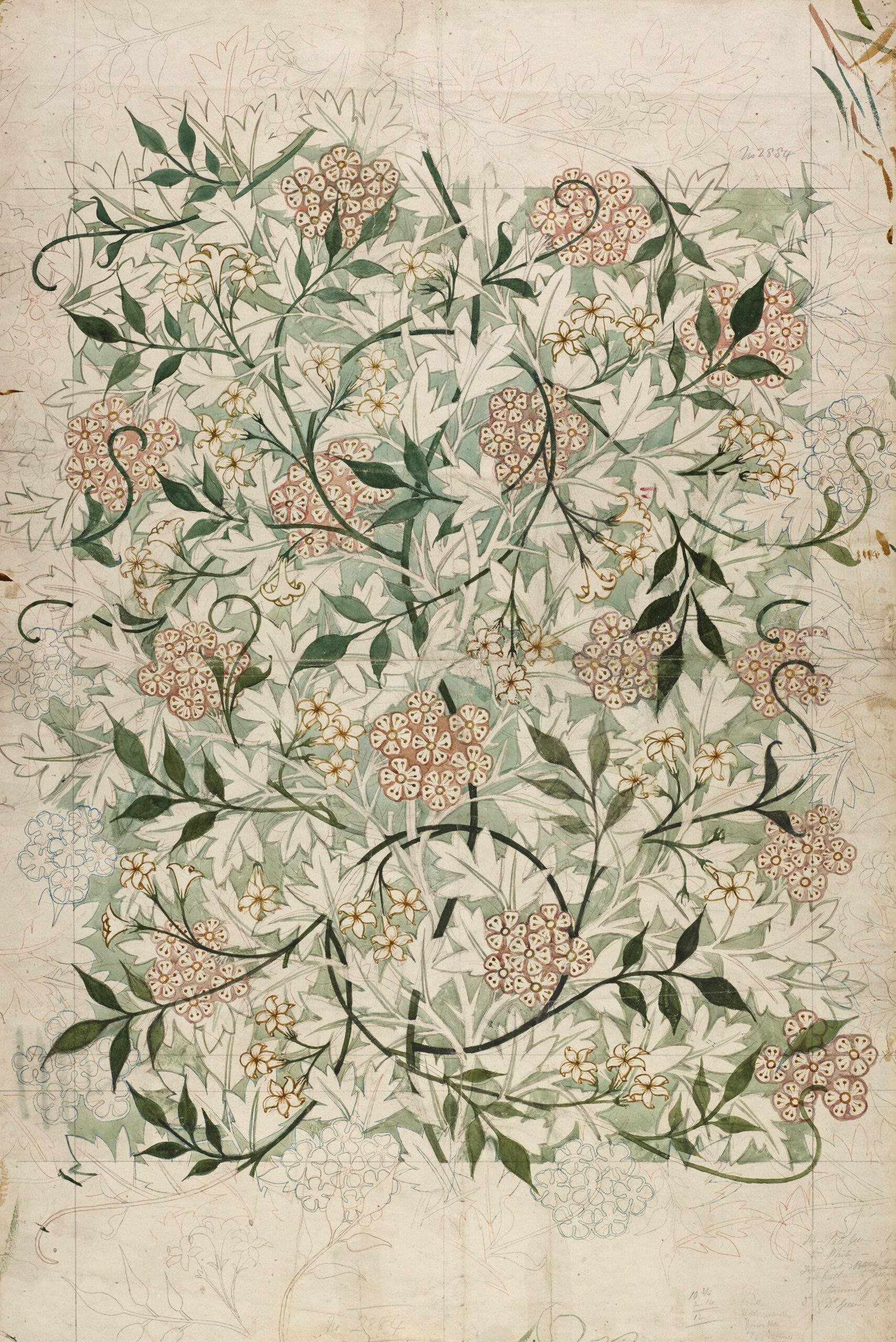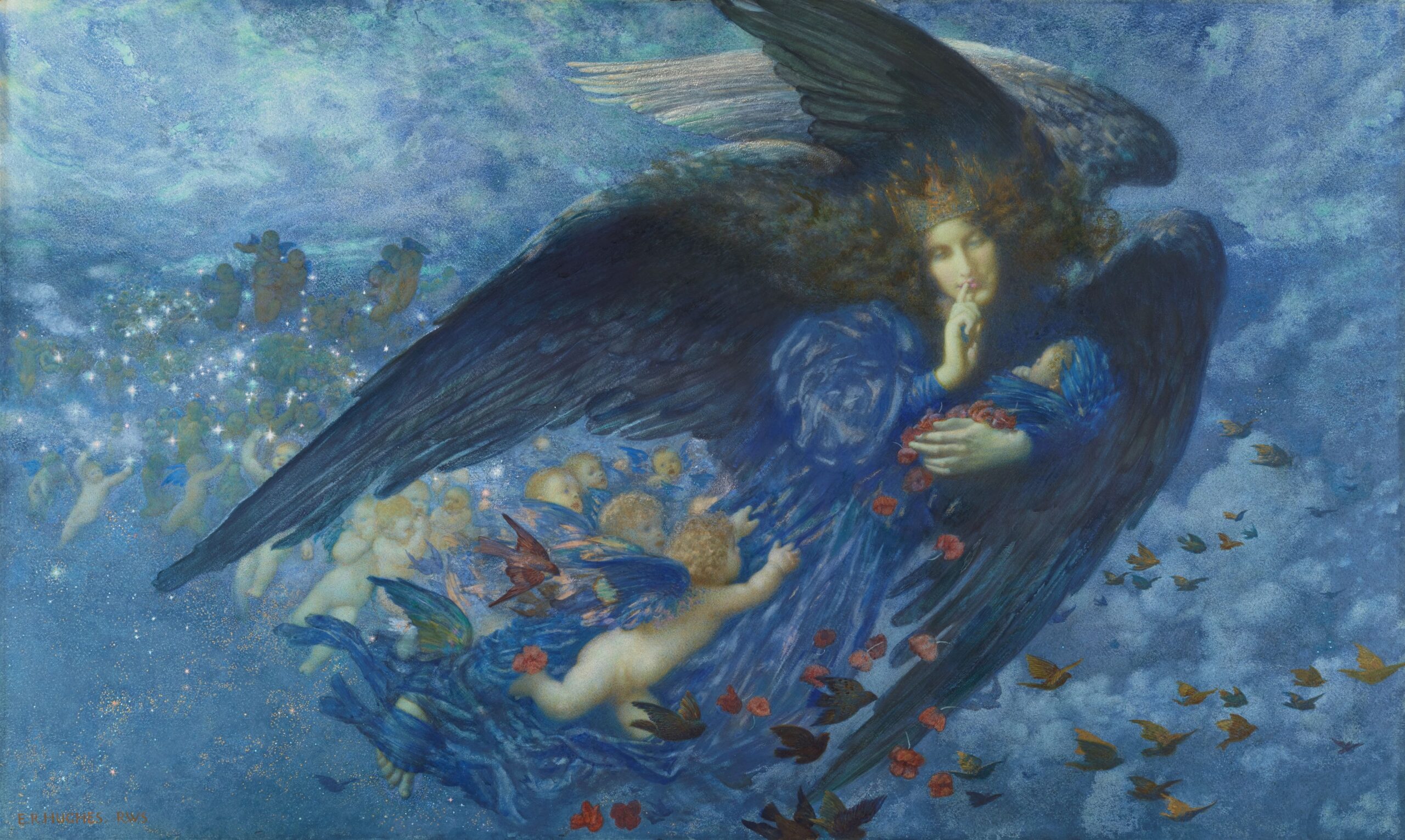
Artificial Intelligence has undeniably revolutionized numerous aspects of our lives, including the world of art. However, amidst the excitement and awe that surrounds the creations of AI-driven algorithms, a growing number of critics argue that AI art fails to capture the essence and depth that true human creativity brings to the table. In this thought-provoking article, we explore the reasons why some consider AI art to be lacking, diving into the limitations of algorithms and the inherent limitations of machines. Are we sacrificing the authenticity and emotive magic of art for the sake of technological advancement? Let’s delve into the controversial world of AI art and unravel its complexities together.
Lack of Creativity
Reproduction rather than creation
One of the major concerns with AI-created art is that it often lacks true creativity. AI systems are designed to analyze existing artwork and generate replicas or imitations based on those patterns. While this replication process might produce visually appealing pieces, it does not showcase the unique imagination and originality that human artists bring to their work. AI lacks the ability to think beyond what it has been programmed to do and cannot offer the fresh perspectives and innovative ideas that human artists can provide.
Limitation in artistic expression
Artistic expression is a deeply personal and subjective aspect of human creativity. It is a form of communication that allows individuals to convey their thoughts, emotions, and experiences in a visual language. However, AI-created art often fails to capture the depth and complexity of human emotions and experiences. It solely relies on algorithms and data analysis, which limits its ability to explore the intricate nuances and subtleties that define meaningful artistic expressions. As a result, AI-generated art can feel shallow and disconnected, lacking the depth and richness that come from human experience.
Ethical Concerns
Unauthorized use of copyrighted material
AI-generated art raises significant concerns regarding copyright infringement. As AI systems are trained on vast datasets that include copyrighted images, there is a risk of reproducing copyrighted work without proper authorization. This not only undermines the rights of the original creators but also poses legal challenges and potential lawsuits for those who use AI-generated art without obtaining the necessary permissions. The lack of control and accountability in the AI creation process further raises ethical questions about the ownership and rightful attribution of artistic work.

Plagiarism and lack of originality
Plagiarism is a serious offense in the artistic community, as it involves stealing someone else’s creative ideas or concepts and presenting them as one’s own. With AI-generated art, there is a heightened risk of unintentional plagiarism. While AI algorithms aim to create original artwork, they are still fundamentally based on existing data and patterns. As a result, AI-generated art may inadvertently replicate elements or compositions from existing works, blurring the boundaries of originality and potentially infringing on the intellectual property rights of human artists.
Depersonalization of Art
Loss of human touch and emotion
Art is often considered a means of personal expression, allowing artists to communicate their unique perspectives and emotions. However, AI-generated art lacks the human touch that comes from an artist’s personal involvement in the creative process. The absence of human emotions and experiences in AI-generated art diminishes the depth and resonance that traditional art forms can evoke. This depersonalization results in a sterile and detached artistic experience, depriving viewers of the emotional connection and subjective interpretations that human-created art can offer.
Art as a reflection of individuality
Art is an extension of the artist’s individuality, shaped by their personal journey, beliefs, and experiences. It serves as a visual representation of their worldview and unique perspective. However, AI-generated art is devoid of individuality, as it relies solely on predefined algorithms and trained patterns. It lacks the capacity to reflect the diverse range of individual voices and identities that human artists bring to their work. By replacing human artists, AI deprives the art world of the rich tapestry of individual expression and the multiplicity of narratives that make art a vibrant and inclusive form of communication.
Inconsistency and Lack of Aesthetic Judgment

Inability to capture nuanced meanings
Art is often laden with symbolic meanings, metaphorical representations, and subtle messages that rely on the viewer’s interpretation. However, AI-generated art struggles to grasp the complexities and nuances embedded in visual compositions. While it can replicate patterns and styles based on training data, it falls short in capturing the deeper meanings and layered narratives that artworks can convey. AI lacks the contextual understanding and human insight necessary to create art that resonates on a profound and thought-provoking level.
Lack of emotional depth
Art has the power to evoke a wide range of emotions, from joy and awe to sadness and introspection. Human artists infuse their work with their own emotions, allowing viewers to connect and empathize with their experiences. In contrast, AI-generated art often feels devoid of genuine emotion. It lacks the ability to genuinely express and invoke deep emotional responses, reducing art to a mere visual representation without the soul-stirring impact that comes from human artistic expressions. The absence of emotional depth in AI-generated art limits its ability to evoke meaningful and authentic responses from viewers.
Diminished Value and Authenticity
Mass production and devaluation of art
One of the concerns with AI-generated art is its potential to flood the market with mass-produced imitations. AI algorithms can replicate existing artworks on a large scale, leading to a loss of uniqueness and exclusivity associated with traditional art. This mass production diminishes the value and collectability of art as it becomes easily accessible and widely available. The scarcity and rarity that contribute to the intrinsic value of art are undermined by the proliferation of AI-generated reproductions, leading to a devaluation of the art market as a whole.
Art as a commodity rather than unique creations
AI-generated art further perpetuates the commodification of art, reducing it to a product created solely for commercial purposes. Traditional art embodies the artist’s vision, skill, and creative process, making each piece a unique and irreplaceable creation. However, AI-generated art lacks the individuality and artistic intent that defines original artworks. By treating art as a commodity rather than a reflection of human creativity, AI diminishes the significance of art as a form of self-expression, cultural heritage, and historical documentation.
Reduction of Human Artists
Threat to creative professions
The rise of AI-generated art poses a potential threat to the livelihoods of human artists. As AI systems become increasingly sophisticated, there is a growing concern that they may replace human artists in various creative professions. This not only removes employment opportunities for artists but also deprives society of the diverse perspectives, cultural expressions, and unique visions that human artists bring to their work. The displacement of human artists by AI undermines the importance of artistic professions and erodes the artistic ecosystem that thrives on human creativity.
Decline in artistic skill development
The mastery of artistic skills requires years of practice, training, and honing one’s craft. However, the prevalence of AI-generated art may discourage aspiring artists from investing time and effort in skill development. The instant gratification and ease of AI-generated art can undermine the motivation and dedication necessary for artists to refine their abilities and develop unique artistic voices. This decline in skill development not only affects individual artists but also hampers the overall growth and progression of the art world.
Biased Training Data
Reinforcement of societal biases
AI algorithms learn from the data they are trained on, reflecting the biases and prejudices present in the dataset. This poses a significant ethical concern when it comes to AI-generated art. If the training data contains societal biases or discrimination, the AI-generated art may inadvertently perpetuate and reinforce these biases. This not only hampers the art’s ability to challenge the status quo but also amplifies existing disparities, leading to exclusion and marginalization in the artistic representation of diverse communities and perspectives.
Perpetuation of prejudices
By relying on biased training data, AI-generated art can perpetuate prejudices and stereotypes prevalent in society. The lack of critical thinking and contextual understanding in AI systems means that they reproduce what they have learned without questioning or challenging underlying biases. This perpetuation of prejudices not only limits the diversity and inclusivity of art but also reinforces harmful narratives and social divisions. It is essential to address these biases and ensure that AI-generated art promotes equality, fosters understanding, and celebrates the richness of human experiences.
Financial Implications for Artists
Decrease in demand for human-created art
As AI-generated art gains popularity, there is a concern that the demand for human-created art may decline. AI can produce visually appealing works quickly and at a lower cost, making it an attractive option for individuals and businesses seeking art for their spaces. This shift in demand can have a significant economic impact on professional artists, who rely on the sale and commission of their artwork for their livelihoods. The decrease in demand for human-created art threatens the sustainability and economic viability of artists, creating financial challenges and instability within the artistic community.
Economic impact on professional artists
The devaluation of human-created art due to the proliferation of AI-generated art can have severe economic ramifications for professional artists. Art markets and galleries may prioritize AI-generated pieces due to their lower cost and wider availability, which undermines the market value of human-created art. This economic imbalance creates financial barriers for artists, reducing their earning potential and making it increasingly challenging for them to sustain their artistic careers. The financial implications for artists further contribute to the larger debate around the role of AI in the art industry and its impact on the livelihoods of creative professionals.
Artificial Replication of Skill
Undermining years of training and experience
Artists dedicate significant time and effort to develop their artistic skills through years of training, practice, and experimentation. However, the emergence of AI-generated art that can replicate certain artistic styles and techniques threatens to undermine the value and expertise built by human artists over time. The ability of AI to mimic specific skills challenges the notion of artistic mastery and raises questions about the authenticity and uniqueness of human-created art. This undermining of traditional artistic training and experience can lead to a devaluation of the artistic profession as a whole.
Devaluation of artistic mastery
Artistic mastery is the culmination of an artist’s talent, creativity, and technical skills. It represents the highest level of achievement and expertise in their respective art form. However, the replication of artistic skills achieved by AI threatens to devalue the concept of artistic mastery. AI-created art can mimic the appearance of mastery without actually possessing the depth, creativity, and artistic intuition that human artists bring to their work. This dilution of artistic mastery diminishes the recognition and appreciation of true artistic expertise, blurring the line between human-created art and AI-generated imitations.
Limitations of AI Creation
Inability to fully comprehend human emotions
Art has the power to evoke a wide range of emotions, transcending language barriers and cultural differences. However, AI-generated art falls short in its ability to genuinely understand and convey human emotions. While AI algorithms can analyze patterns and generate visually appealing compositions, they lack the full spectrum of human emotions and cannot authentically capture the depth and complexity of emotional experiences. The limitations of AI in comprehending and expressing human emotions impede its ability to create art that resonates on a profound and emotional level with viewers.
Difficulty in capturing the abstract and conceptual
Art often explores abstract concepts and delves into the realm of the intangible, challenging viewers to think critically and engage with complex ideas. However, AI-generated art struggles to capture and communicate abstract concepts effectively. The algorithms that power AI systems are designed to analyze and replicate patterns based on concrete data, making it challenging for AI to create art that goes beyond the literal and ventures into the abstract. The lack of conceptual understanding and creative interpretation in AI-generated art limits its ability to push the boundaries of artistic exploration and innovation.




